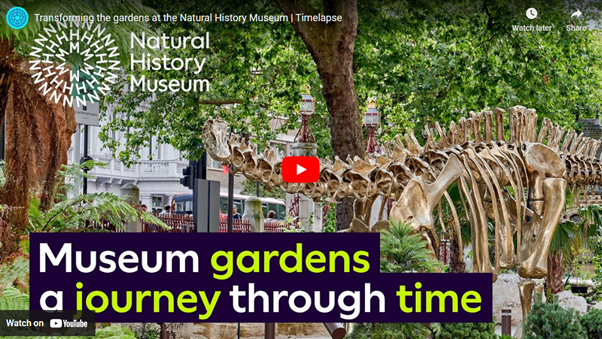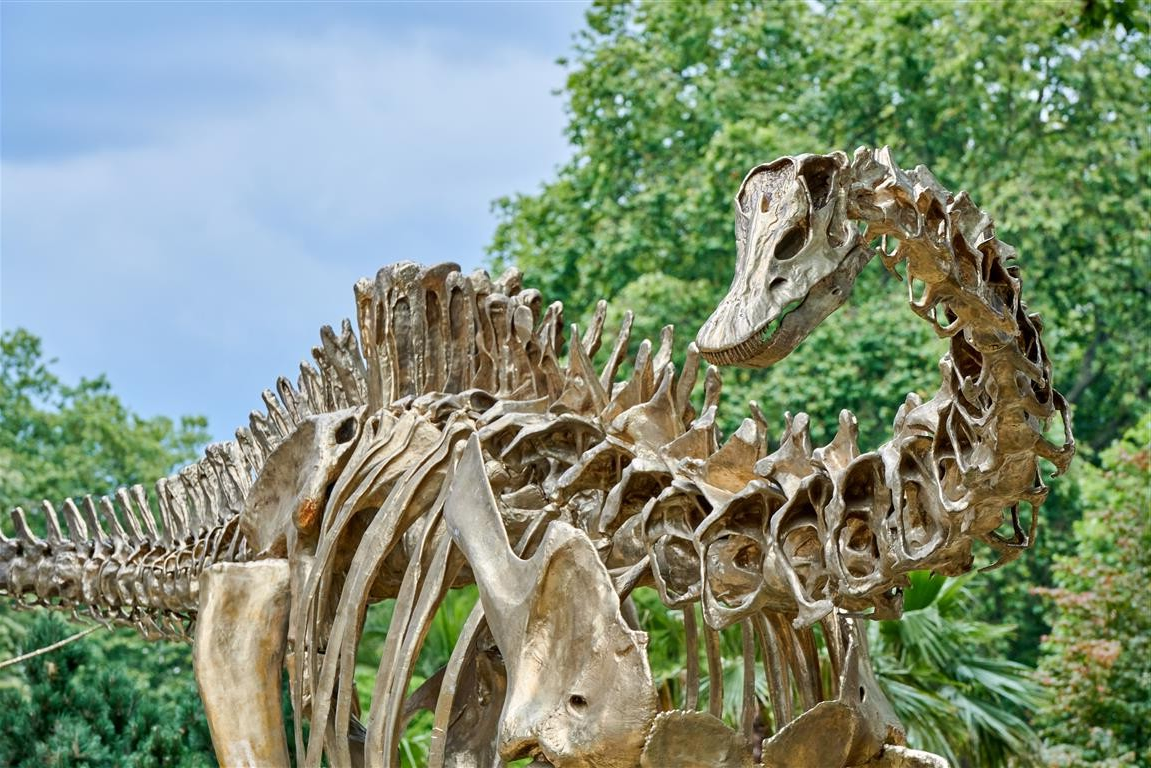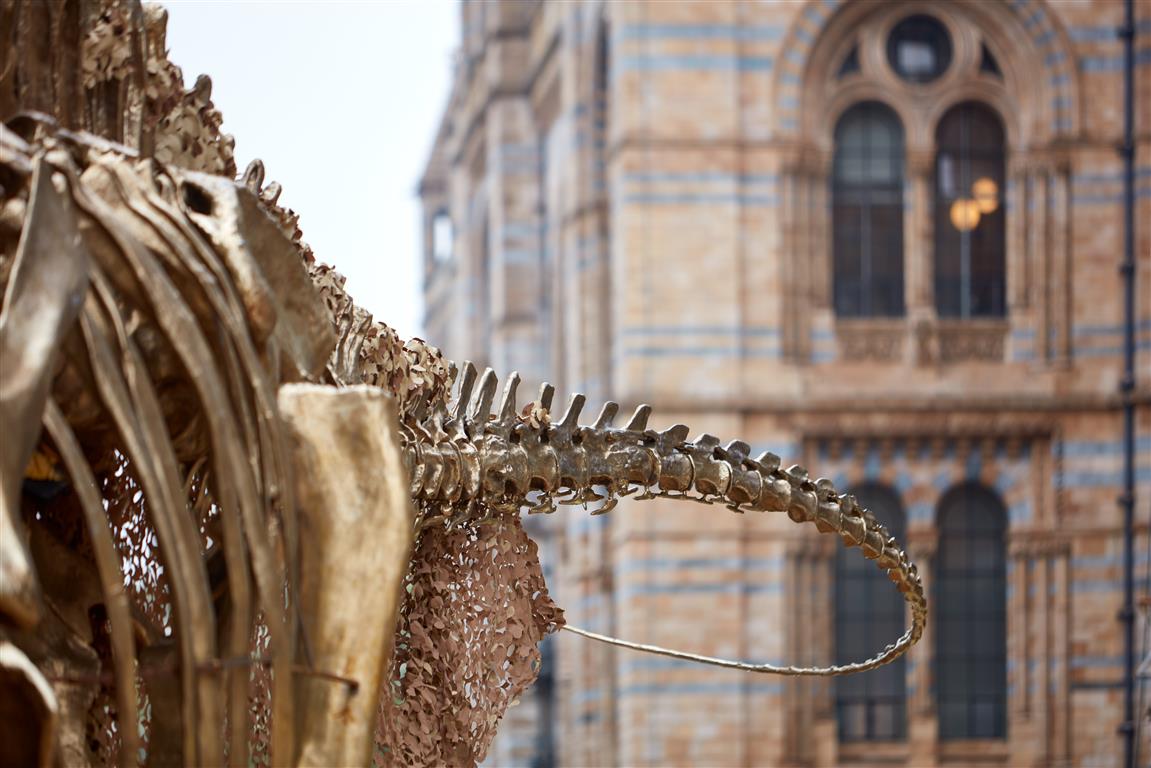Why should nature-based solutions matter to a real estate investor?
The value of biodiversity to commercial property has been difficult to quantify in hard facts. Now, a report from the UK Green Building Council is set to change that, with research that demonstrates the clear correlation between nature-based solutions and economic gains.
The report, Nature-based solutions for the climate emergency: The benefits to business and society, examines the commercial case for biodiversity, by asking how nature-based solutions deliver direct gains to the value of commercial real estate. The report, based on key findings from the Ignition nature-based solutions evidence base, addresses the priorities of business and the built environment. When all benefits are considered together, the payback from nature-based solutions far outweighs their non-green alternatives, the report shows.
And, as the UK government drives towards its 25-Year Environment Plan, creating a 10% uplift in biodiversity on new developments, Biodiversity Net Gain, has become a focus and is likely to become law by 2023. Since humans rely on healthy ecosystems for food security, water management, air quality and regulating temperature, restoring nature and biodiversity boosts the long-term resilience of those systems.
Nature-based solutions generate economic growth
The research shows that, as part of placemaking, nature-based solutions can have a direct impact on consumer behaviour, helping rejuvenate high streets. Half of park visitors patronise a local business before or after their visit, says the report. There is also a 40% increase in commercial trading rates following investment in well-planned green space, making these areas exponentially more desirable for investors. Greener areas are shown to record reduced crime rates, while offering a wider range of recreational opportunities, which lead to increased land and property values.
Nature-based solutions also provide significant levels of cooling, mitigating the urban heat island effect. The heatwaves of 2003 and 2006 led to more than 2000 deaths in the UK, while predicted summer temperatures of 38.5˚C degrees could cause 7,000 heat-related deaths per year, says the report. To alleviate this, street trees and urban green spaces can provide shaded avenues and cooler hubs for relief, while green walls and roofs add a heat-absorbent exterior. These measures help to create comfortable temperatures in which to live and work.
Nature-based solutions deliver value and savings
As well as providing a boost to the economy, nature-based solutions deliver clear value gains and savings for individual properties. The inclusion of these solutions within both new projects and existing structures could provide significant improvements in the longevity and quality of a site’s assets. And given that 80% of the buildings that will be in use in 2050 already exist today, the greatest opportunity to utilise nature-based solutions and their benefits is through retrofitting, says the UKGBC report.
It shows that nature-based solutions can drive up the durability, and therefore value, of buildings by introducing moves to reduce exposure to sunlight, air temperature fluctuations, acid rain and air pollution, leading to increased longevity of the building’s exterior surface material.
How to get results from nature-based solutions
Green walls and roofs
Energy consumption from heating and cooling buildings forms a large part of an organisation’s management costs and is a key contributor to scope one and two emissions. Green walls and roofs provide added insulation to buildings, meaning less energy is needed to heat and cool buildings.
These solutions provide buildings with an additional layer of protection from solar radiation and extremes in weather such as frost or heat waves. The report highlights that the protection provided by a green roof can significantly extend the lifespan of the roof compared to a conventional flat roof. What’s more, accessible green roofs can deliver valuable onsite recreation or hospitality areas for previously underutilised space.
Green walls
Value gains:
- 5% increase in property value
- 2% increase in land value
Savings:
- 8% total energy saving for adjacent space
- 7˚C reduction in indoor temperature
- 18–35% NO2 removed in street canyons
- 15% energy savings for cooling space directly behind the green wall
Green roofs
Value gains:
- 9% increase in property value for non-accessible green roof
- 9% increase in property value for accessible green roof
Savings
Green roofs:
- 7% total energy savings for the space directly below the green roof
Street trees
Street trees work to reduce the temperature of the surrounding air and can reduce cooling requirements in adjacent buildings. When located next to or within a public road, trees can be utilised to connect urban parks and provide corridors for animals such as hedgehogs. They also have a commercially positive effect on humans, with increased restaurant patronage and willingness to spend recorded as a direct result of street trees in central business districts.
Value gains:
- 7% increase in property value
- 30%–50% increased restaurant patronage
- 10%-50% increased willingness to spend on products while in presence of street trees.
Savings:
- 3˚C Air temperature reduction
- 5kg Carbon sequestered per tree annually
Sustainable drainage systems (SuDS)
The estimated cost of floods to the UK per annum is £340 million, and is forecast to rise to £428 million at a 2°C rise and £619 million at a 4°C rise. So far, the UK’s average annual temperature has increased by 1.2° C above pre-industrial levels.
The impact on business of flooding is huge; the average cost of flood damage to businesses affected is estimated at more than £80,000, with 40% of businesses failing to reopen after a flood.
Nature-based solutions such as sustainable drainage systems (SuDS) create more porous surfaces on and around buildings, such as raingardens, helping to manage rainfall and flood risk. SuDS-enabled street trees are widely used in urban areas to form interconnected channels of drainage. Urban parks and green spaces provide much-needed surface area where water infiltration can take place, while green walls capture runoff within their structure, slowing the rate at which water would usually run off.
Value gains:
- 9% increase in property value with a small blue space within 200m of property
- 6% increase in property value with a large blue space close to the property
Savings:
- 60–72% rainwater runoff retained.
- 60–80% similarity in species richness to a natural pond.
- (up to) 30% construction cost reduction, compared to traditional drainage systems.
Urban green spaces
Proximity to areas covered with vegetation, which can range from playing fields and highly maintained environments to relatively natural landscapes, can deliver an uplift of almost 10% in property value, shows the UKGBC report. Green spaces and urban parks provide a host site for various plants, trees and grass that all capture carbon, as well as increasing biodiversity.
Value gains:
- 5% increase in property value when in direct or close proximity to a park
- 10% Increase in willingness to pay for products associated with green cover
- 5%: increase in property value in direct or close proximity to a park.
- £0.71 (£ per m2 per year): average OPEX maintenance cost.
Savings:
- 2% rainwater runoff retention
- 7% reduction in daytime air temperature
How Workman can help
Workman is committed to its clients’ ESG goals. We are already helping clients meet their ambitions through our Net Zero Asset Plans, which can be applied to a single asset or across entire portfolios.
Additionally, we are championing nature-based solutions in the urban environment as a core element of both promoting wellbeing and achieving Net Zero. Through our Building Biodiversity challenge, Workman property managers are striving to improve each and every property with carbon-consuming greenery such as green roofs, beehives, bat boxes, planters, trees, shrubs, wildflower meadows and green walls.
A prime example of this kind of development is Regal House, an office building in Covent Garden, where Workman project managed the installation of a living wall as part of an extensive refurbishment project.
Or on a larger scale, Workman has partnered with the Natural History Museum for the Urban Nature Project, which is driving national engagement between people and urban wildlife. The five-acre space around the iconic museum will be turned into an exemplar of urban wildlife research, conservation and awareness.
The Museum has recently launched Discover the Hidden World of Trees, a competition for schools across the country to investigate the health and ecosystems of their local trees. The competition celebrates the launch of Explore: Urban Nature, a national schools programme designed to connect young people with the nature on their doorstep.
Why should nature-based solutions matter to a real estate investor?
The commercial case for building biodiversity and the use of nature-based-solutions has become an integral part of the overall ESG strategy. We asked three senior industry experts for their views on why nature-based solutions should matter to a real estate investor.
Dan Grandage, Head of ESG, Private Markets, Aberdeen Standard Investments
“The global economy takes value from biodiversity in innumerable ways, but because we do not pay for these benefits, we do not habitually price them. Typically, cities do not put a monetary value on the natural water filtration systems provided by trees and other vegetation, for example. However, the UKGBC’s report looks set to introduce clarity to this area, with the beginnings of a data and measurement benchmark that climate-conscious investors can utilise in the same way as metrics such as the ‘CO2 equivalent’, which provides a standardised way to quantify greenhouse gas emissions. While there is currently no similar measurement for biodiversity, we do know that investors are waking up to the risks of biodiversity loss, and the devastating effect on the global economy that this could have.
“At Aberdeen Standard Investments, we believe that investing responsibly in line with our ESG obligations can help generate long-term value for our clients. As a leading global asset manager, we consider biodiversity in relation to all the investments we make. The challenge of understanding how biodiversity is linked to business is complex, and tackling it requires a broad collective commitment.
“Aberdeen Standard Investments acknowledges that it has a role to play in seeking out opportunities that contribute to biodiversity and minimising the risks associated with poor practices. Our ESG team researches environmental issues such as biodiversity and assists our investment teams in engaging with our investments on these matters. We embed this expertise within investment teams and across all asset classes via our ESG-integration processes. Our in-depth understanding of environmental issues allows us to make better investment decisions for our clients, resulting in better outcomes for our clients, society, and the wider world.”
Ben Dickins, Senior Asset Manager, APAM
“Green spaces and landscaping with purpose, curated to promote the most appropriate biodiversity has the benefits of engaging people in the natural environment immediately surrounding them. This creates a subconscious connectiveness to it and a vested interest in protecting, promoting, and improving it. By default, biodiversity becomes part of the transient working population and the local community. It is a focal point for human interaction and a promoter of health, wellbeing, and happiness.
“Biodiversity and green spaces could be a landlord’s most powerful marketing tool! Tenants benefit as happy and healthy workers are productive workers. Landlords benefits because customer satisfaction improves customer loyalty. The costs do not need be large and are easily shared. Everyone wins!”
Fred Reynolds, Director, BlackRock Real Assets
“As one of the world’s leading asset managers, BlackRock is acutely aware of the importance of biodiversity in real estate investment. Deforestation, biodiversity loss and ocean pollution put our economies at risk across the world. But these are not far-flung problems affecting remote destinations. We all benefit from biodiversity in our own local towns and cities, and without it, we will all endure the consequences.
“While emphasis and attention has been rightly focused on climate change and the drive to Net Zero, there is a huge intersection with biodiversity. Yet the loss of natural capital, which puts urban populations at risk of greater air pollution, higher temperatures and increased flooding, has not yet been effectively addressed. This recent report from the UKGBC heralds progress towards safeguarding against biodiversity loss. If we in the real estate sector can encourage investors to value biodiversity, we can better protect their investments in the long term.
“At BlackRock, we are major advocates of sustainable investing and have urged business leaders to adopt more rigorous ESG standards. The use of natural resources and climate change risks are deeply interconnected. We believe that the world will not reach the goals of the Paris Agreement, let alone the goal to reach Net Zero emissions by 2050, without an accelerated effort to protect biodiversity. This is why we work with partners including Workman, whose teams grasp the importance of biodiversity in the built environment, and work to introduce elements including green roofs, living walls and increased biophilic design across its managed portfolio.”
Read more about our ESG services
Read more about our Building Biodiversity here > https://bit.ly/2SY8JrN


